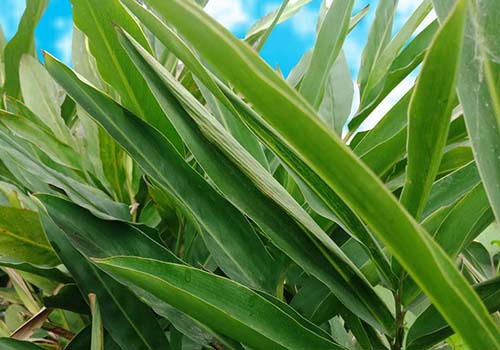Growing coriander: Coriander belongs to herbaceous plants, soft leaves. The leaves grow straight from the base with a long stalk. Stems tubular, hollow. Leaves are green, slightly rounded, with a concave edge like a petal. Each tree has 5-6 leaves, pleasant scent. Parsley is not only used as a spice, but also applied to many remedies such as clearing milk, wiping away quickly.
The process of growing coriander is divided into the following steps:
Step 1: Choose the same
Coriander can be grown with seeds or seedlings. Coriander seeds are round in shape and are assembled by two pieces, so before planting, lightly crush two parts so that seeds can easily germinate. However, coriander seeds are difficult to sow, as the seeds are sensitive to the current humid environment, so it is best to propagate them using home-grown potted plants. Before sowing, seeds should be soaked for 12-14 hours in water. Need to mix seeds with kitchen ash to sow easy. Seeds need to be sown evenly. After sowing, you can use light straw or a very thin layer of soil to keep it moist, and the seed will grow quickly.
Step 2: Prepare the soil
Parsley planting land needs to be plowed small, porous, not waterlogged, smelly. The soil should be treated with ants, crickets, and insects. Make beds 1.2m wide; Bed length depends on the size of the garden; bed height about 20–25 cm (depending on planting season).
Step 3: Planting techniques
Seasoning: Coriander can be grown all year round, preferably in the Winter – Spring season, from October to January of the following year.
How to grow: For growing cilantro with seedlings, just extract the seedlings and plant them in pots at a distance of 10-15 cm and water the plants after planting. For a way of growing fragrances with seeds, more steps are needed. Before planting, soak the seeds overnight in warm water (about 8 hours), then take out to put on a warm towel, wrap, immerse in water and keep in a place. A few days later, check the humidity of the towel occasionally and immerse it in water if necessary. After the seeds have cracked, they can be planted in pots. Gently germinate seeds should be mixed gently with a kitchen ash or loose soil so that soil particles do not stick together, sowing seeds more evenly. Next, sprinkle the prepared soil wool, then cover it with a thin layer of soil (about 1 cm) and water to retain moisture.
Fertilizing the plants: Coriander grows well for many seedlings in the shade, bright sunshine or 60-70% sunlight. If you leave the cilantro pot in full sunlight, the leaves of the cilantro will become discolored due to lack of water and fewer seedlings. After planting in the cilantro, cilantro should be watered with a light mist spray twice a day to ensure Make sure the vegetable pots are always moisturized and take root. Fertilize 2 times a month, each time composting organic soil is earth worm vermiculite fertilizer in a layer of 2 cm layer, urea fertilizer with a dose of 1 teaspoon mixed in 2 liters of water and watering the vegetable pots coriander leaves in the afternoon to help shade green. The smell is very sensitive to the nitrogen element, so in cold weather conditions, it is necessary to dilute nitrogen fertilizer, water to fertilize (water evenly and many times rather than watering). ) Priority should be given to composting with better organic fertilizer.
Harvest: Coriander can be harvested after about 1 month from the time of planting. For coriander, you can prune thick areas and let new plants grow by pruning. After sowing, about 3 months can be harvested to get seeds for seeding by cutting branches into bundles, incubating overnight, then drying in the sun to dry, gently beating to preserve seeds.







